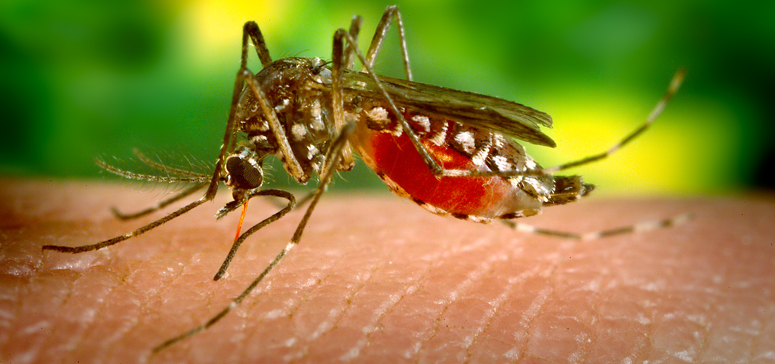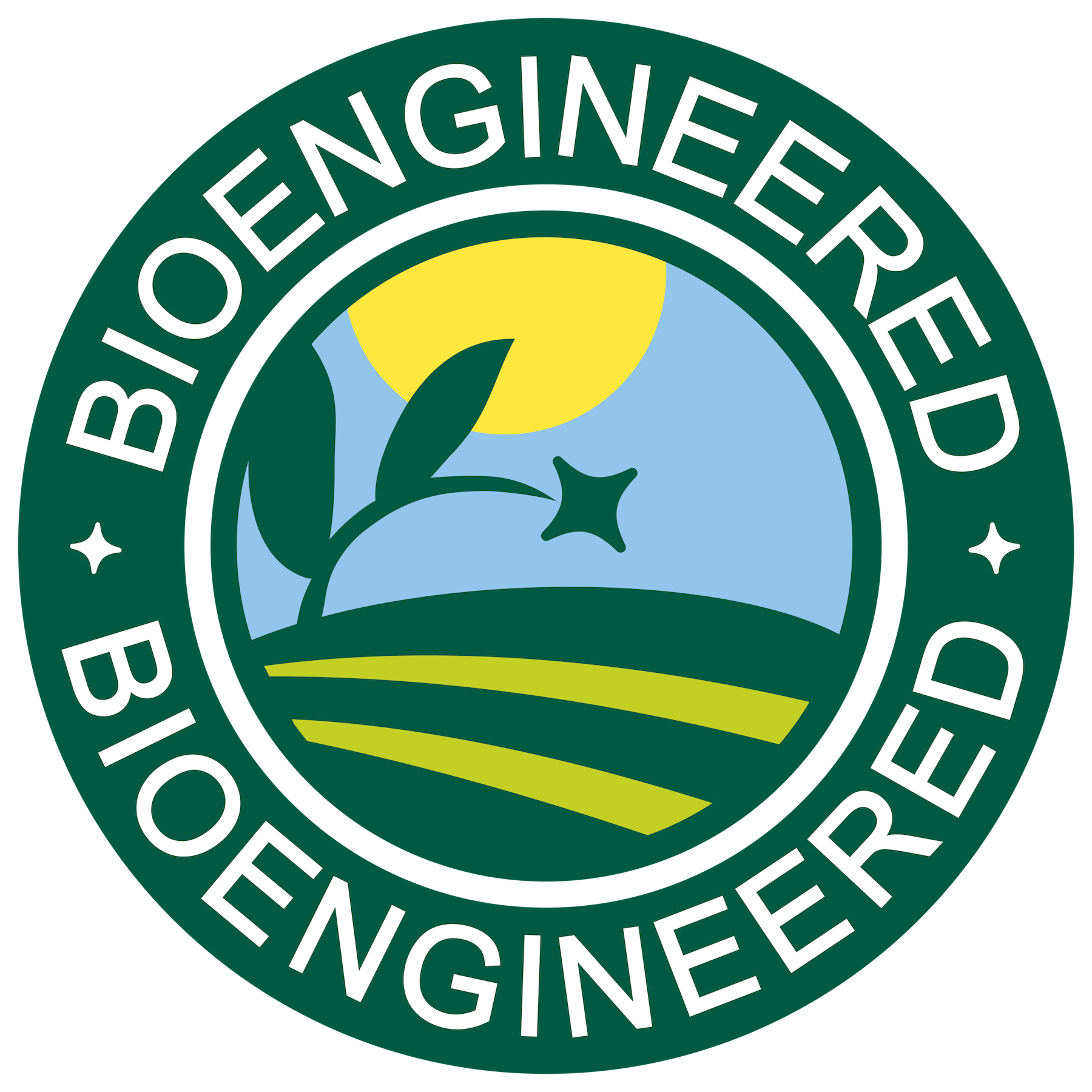9.3: Regulation of Animal GMOs and Medical Foods
- Page ID
- 39528
FDA, EPA, or USDA: Animals with Intentional Genomic Alterations
On January 19, 2017, the FDA released for public comment draft revised Guidance for Industry (GFI) #187, “Regulation of Intentionally Altered Genomic DNA in Animals.” This draft revised guidance expands the scope of the existing GFI #187 to address animals with intentionally altered genomic DNA developed through the use of genome editing technologies, as well as techniques such as rDNA in genetic engineering.
AquAdvantage Salmon: First Approved
AquAdvantage Salmon has been genetically engineered to reach a growth marker important to the aquaculture industry more rapidly than its non-GE farm-raised Atlantic salmon counterpart. It does so because it contains an rDNA construct that is composed of the growth hormone gene from Chinook salmon under the control of a promoter (a sequence of DNA that turns on the expression of a gene) from another type of fish called an ocean pout.
Is it Safe?
Based on a comprehensive analysis of the scientific evidence, as required by the Federal Food, Drug, and Cosmetic Act (FD&C Act), the FDA determined that AquAdvantage Salmon meets the statutory requirements for safety and effectiveness under the FD&C Act. As part of its evaluation, the FDA examined data comparing three groups of fish: non-GE farm-raised Atlantic salmon from both the sponsor’s farm and from a different commercial farm, and AquAdvantage Salmon. This study compared key hormones (including estradiol, testosterone, 11-ketotestosterone, T3, T4, and insulin-like growth factor 1 (IGF1)) and found no biologically relevant differences. The salmon are safe to eat and has a comparable nutritional profile to that of the non-GE farm-raised Atlantic salmon. The introduced DNA is safe for the fish itself, and the salmon meets the sponsor’s claim about faster growth.
The FDA also analyzed the potential environmental impact that approval of the original AquAdvantage Salmon application and a supplemental application would have on the quality of the human environment in the United States and issued its Environmental Assessments and Findings of No Significant Impact. https://www.fda.gov/media/93823/download
Containment
Under the approval and subsequent supplements to the original approval, AquAdvantage Salmon are subject to stringent conditions to prevent the possibility of escape into the wild. The salmon cannot be raised in ocean net pens: instead, the approval allows for them to be grown only at specific land-based facilities: one in Canada, where the breeding stock is kept, and Indiana, where the fish for market will be grown out using eggs from the Canada facility. Both the Canada and Indiana facilities have multiple and redundant physical barriers to prevent eggs and fish from escaping, including metal screens on tank bottoms, standpipes, and incubator trays to prevent the escape of eggs and fish during hatching or rearing.
Read more here: www.fda.gov/animal-veterinary/animals-intentional-genomicalterations/aquadvantage-salmon-fact-sheet
FDA, EPA, or USDA: Oxitec Mosquito
Oxitec mosquito is a type of “living pesticide,” genetically engineered to carry a gene that prevents female offspring from surviving but allowing male progeny to survive. The male offspring, in turn, half will carry this self-limiting gene. Resulting in the decline of the target mosquito population – the Zika and yellow-fever mosquito vector Aedes aegypti. Learn more about the company and its technology, here, www.oxitec.com/our-technology.

On October 5, 2017, FDA issued final Guidance for Industry (GFI) #236 –Clarification of FDA and EPA Jurisdiction over Mosquito-Related Products, which clarifies that mosquito-related products intended to function as pesticides by preventing, destroying, repelling, or mitigating mosquitoes for population control purposes, and that are not intended to cure, mitigate, treat or prevent a disease are not “drugs” under the FD&C Act, and will be regulated by the EPA under the Federal Insecticide, Fungicide, and Rodenticide Act.
The FDA will continue to have jurisdiction over mosquito-related products that are intended to prevent, treat, mitigate, or cure a disease. With the issuance of final guidance #236, Oxitec Ltd’s genetically engineered mosquito, with its proposed claim to control the population of wild-type Aedes aegypti mosquitoes, now falls under EPA’s regulatory authority and all related regulatory questions should be directed to the EPA. www.fda.gov/animal-veterinary/animals-intentional-genomicalterations/oxitec-mosquito.
Findings, no significant impact: https://www.fda.gov/media/99731/download
Labeling and Intentionally Altered Food
National Bioengineered Food Disclosure Standard was announced on December 20, 2018. The National Bioengineered Food Disclosure Law, passed by Congress in July of 2016, directed USDA to establish this national mandatory standard for disclosing foods that are or may be bioengineered. The Standard defines bioengineered foods as those that contain detectable genetic material that has been modified through certain lab techniques and cannot be created through conventional breeding or found in nature. https://www.ams.usda.gov/rules-regulations/be
The Standard requires food manufacturers, importers, and certain retailers to ensure the disclosure of bioengineered foods. Regulated entities have several disclosure options: text, symbol, electronic or digital link, and text message. Additional options such as a phone number or web address are available to small food manufacturers or for small and very small packages. Watch this video to learn more: youtu.be/08FHkS-pwHw, List of bioengineered foods: https://www.ams.usda.gov/rules-regulations/be/bioengineered-foods-list
Medical Food
Food can be more than meeting basic nutritional and safety standards – it can be used to reduce the risk of disease. Medical foods are distinguished from other foods in their formulation – specifically to treat a disease or disorder. They are intended for the specific management of a disease or disorder for which distinctive nutritional requirements exist based on scientific evidence. They are not the same as nutritional supplements. Medical foods are a distinct class of food because they are not classified as food nor medicine. However, this is food that the FDA intends to be used under medical supervision by a patient requiring medical care.

Foods such as these, for "special dietary uses," were first brought up in regulation in 1941, and added to the FD&C Act in 1976. In 1988 Congress amended the Orphan Drug Act to include a statutory definition of "medical food." The term medical food, as defined in section 5(b) of the Orphan Drug Act (21 U.S.C. 360ee (b) (3)) is: "…a food which is formulated to be consumed or administered enterally under the supervision of a physician and which is intended for the specific dietary management of a disease or condition for which distinctive nutritional requirements, based on recognized scientific principles, are established by medical evaluation."
Medical foods are food, and therefore are regulated the same as foods. However, they cannot be marketed for a condition that can be managed or treated solely by a regular diet. That being said, any ingredient added to a medical food must be recognized as safe (GRAS). Medical foods do not need to be registered with the FDA, but the manufacturing facilities do for inspection purposes. Although they are not drugs, they still must meet the requirements for the manufacture and labeling of foods, which include CGMP regulations in manufacturing, packaging, and handling of human food. There is a particular compliance program for medical foods.
Test Your Knowledge!
Go to FDA’s Medical Food Guidance’s Q&A and answer the following questions
- Does FDA regulation medical foods as drugs? Why/why not?
- Do medical foods require clinical studies or premarket review (PMA)?
- What labeling requirements apply to medical foods?
- What is the purpose of FDA’s compliance program for medical foods?
- Does medical food require a prescription? Why/Why not?


